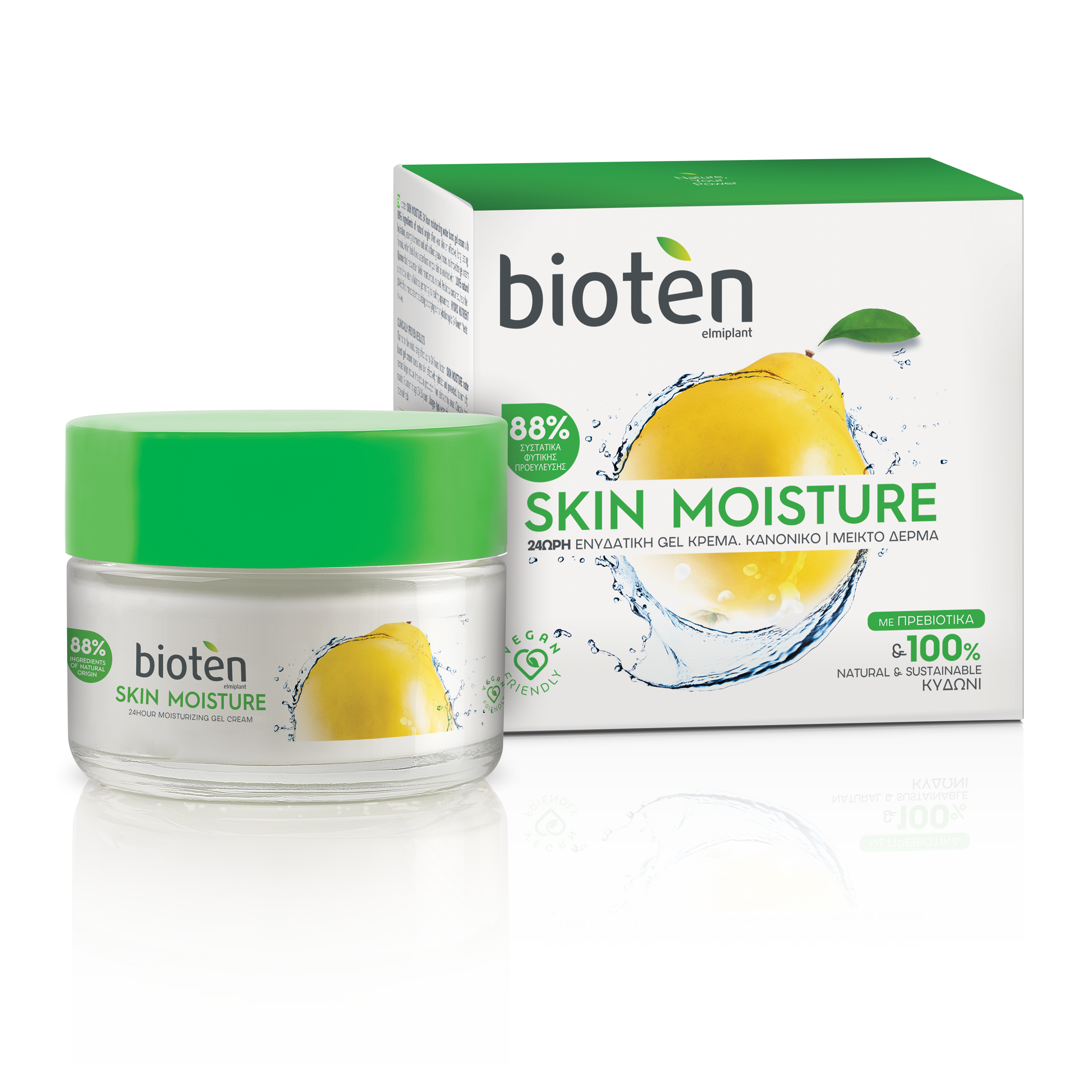Bioten, the newest line of budget-friendly skincare and beauty products to hit the Philippine market, aims to meet Filipinos’ increased demand for at-home self-care solutions during the pandemic.
By Alex Y. Vergara
Skincare and beauty products need not be super expensive for them to work at optimum levels. And, as a consumer, you need not turn your back either on the environment as you find ways to satisfy your needs for self-care. These beliefs sum up the philosophy of Bioten, the newest brand of skincare and beauty products, including a line of body lotions and topical slimming solutions, to hit the local market.
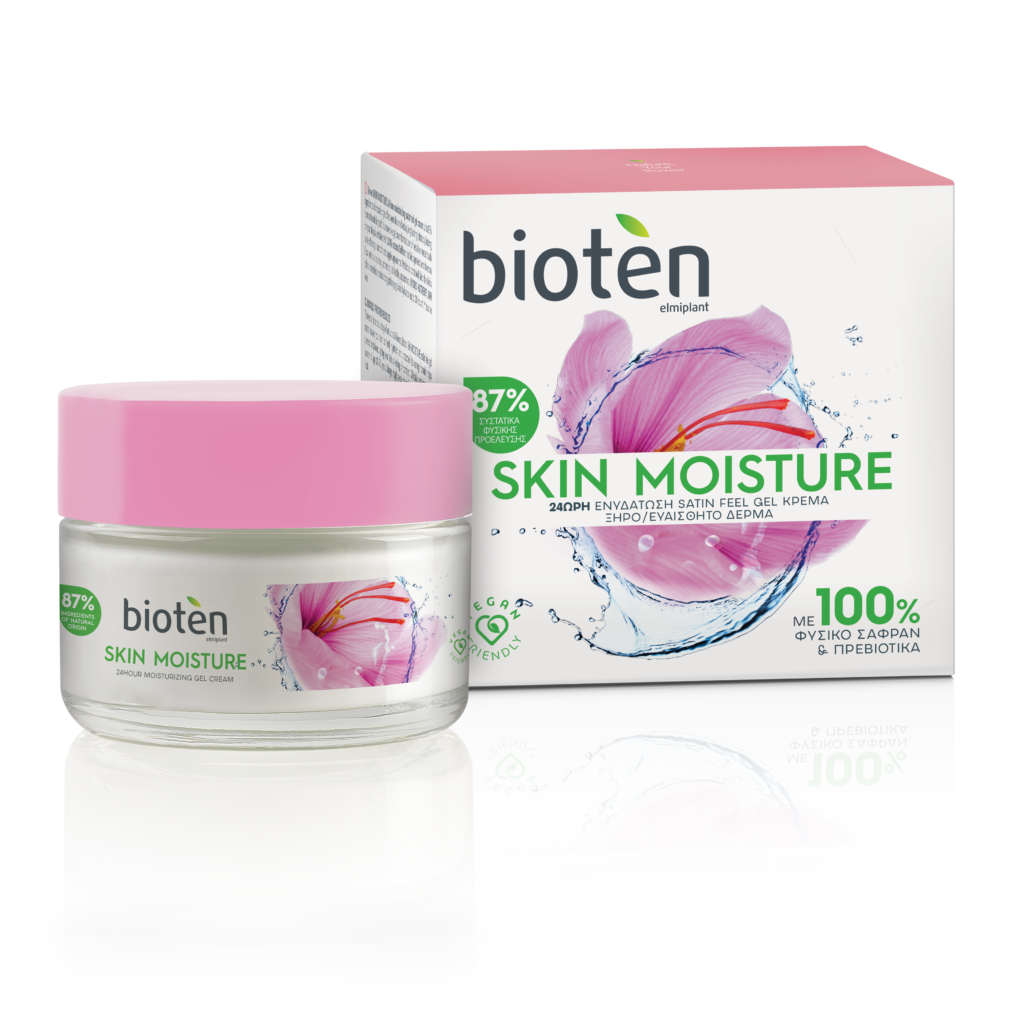
Produced by the Sarantis Group, a 90-year-old Greek company with a reputation for coming up with safe and environment-friendly cosmetics and beauty solutions, Bioten is exclusively distributed in the Philippines by IFace Inc., which, in turn, has an exclusive partnership with Watsons Philippines.

Its entry-level skin-moisture range comes in two variants: normal/combination skin and dry/sensitive skin. While both variants are infused with prebiotics, which help the skin’s microbiome—good and bad bacteria, in other words—retain a healthy balance, one is slightly different from the other in terms of formulation and the use of natural extracts.
Infused with quince or saffron
While the former, also known as the green line, is infused with quince, a fruit that looks like a lemon and is endemic in the Mediterranean region, to help control skin’s excess sebum production while keeping it hydrated, the latter, the pink line, contains saffron, a rich antioxidant and “hydro-nutrient’ with skin-healing properties that moisturize and help dry, sensitive skin retain elasticity.

“Both variants are lightweight yet they deeply moisturize,” says Kelly Erripi, head of skin-care category at Sarantis. If there’s one thing the two variants share, she adds, it’s the fact that they’re both loaded with prebiotics, which is not be confused with probiotics.
Probiotics are the bacteria that are present in almost all parts of the human body, including our skin. Prebiotics, on the other hand, are the food these bacteria thrive on.

Call it a young adult’s introduction to Bioten, as the skin-moisture line (both green and pink) is ideal for people between 20 to 35 years old.
Bioten’s arrival couldn’t have come at a more opportune time, as Angie Goyena, GM of IFace, reveals that the sale of skincare products has rose steadily over the past few months at the expense of cosmetics.
Less on cosmetics, more on skincare
“It’s actually the sale of makeup which has suffered because of the pandemic,” she says. “Most people either wear masks or hardly go out.” While women buy less cosmetics, they now spend more on skin-care products.
Following its low-key launch last July, the Bioten line was formally introduced by Greek Takis Petrou and Filipino Tony Chua, international markets development director of Sarantis and CEO of iFace, respectively, during a recent virtual press conference with lifestyle journalists and bloggers.
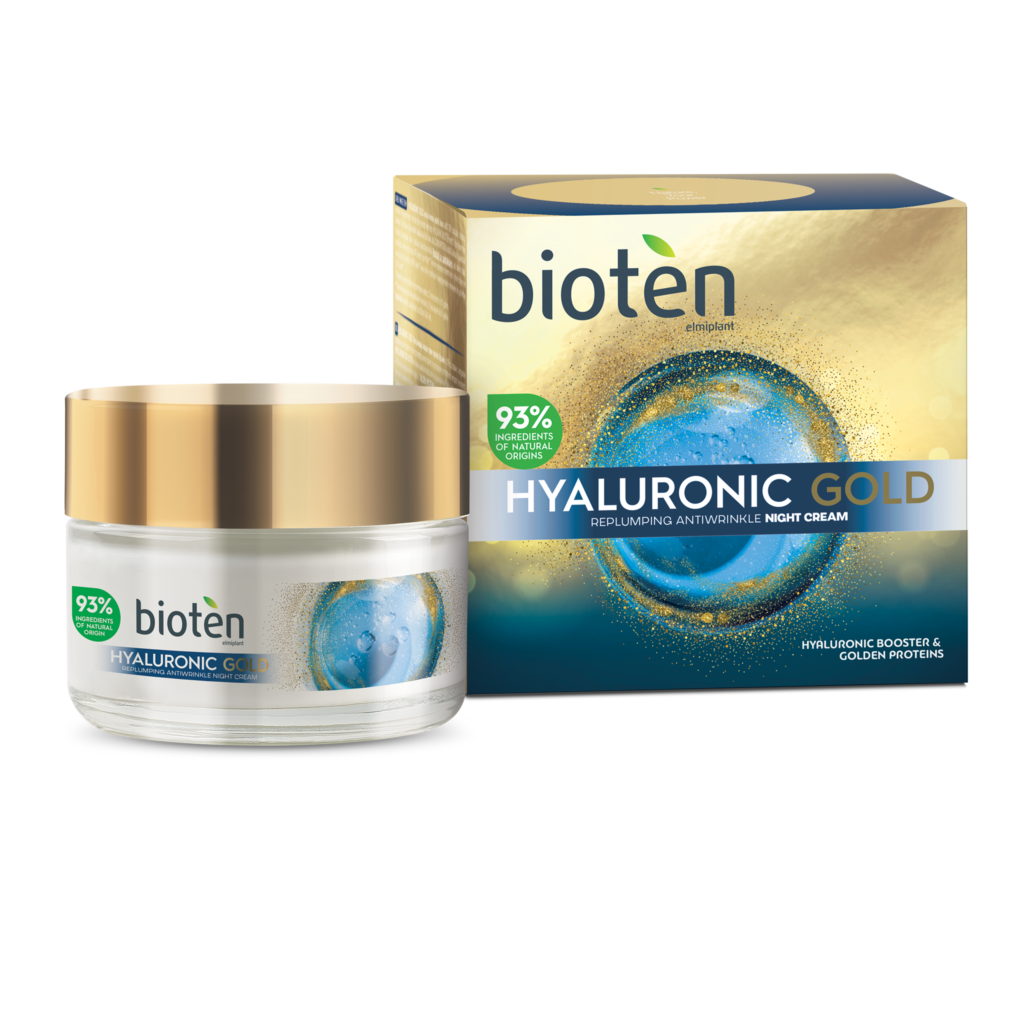
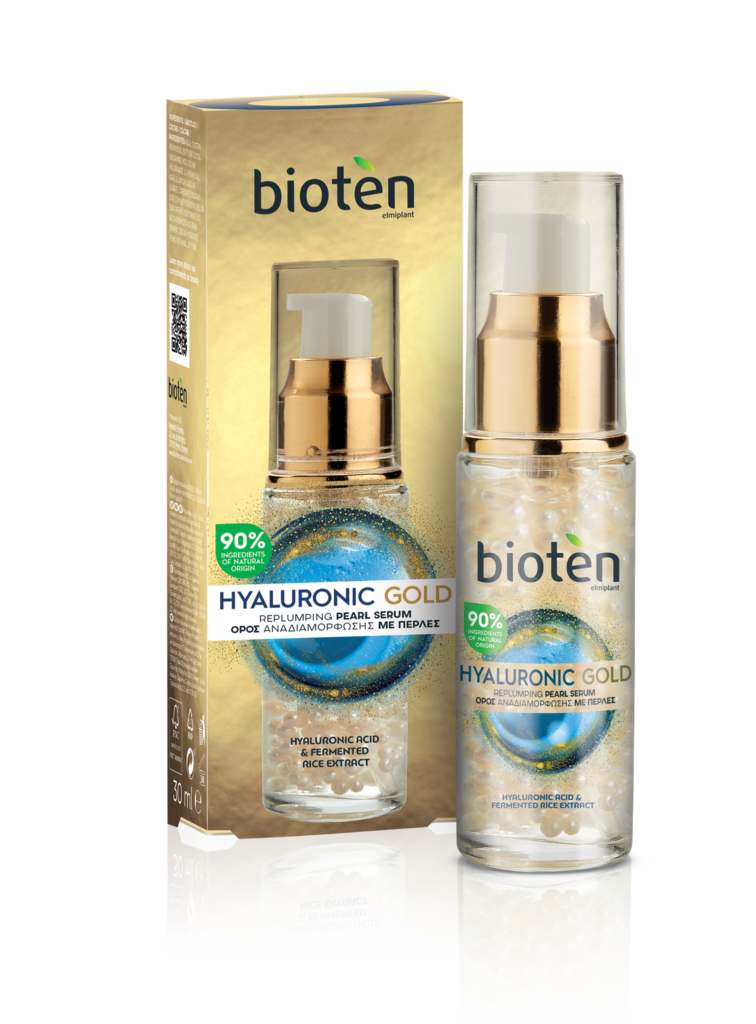
From its box, down to its jars and, of course, its contents, careful consideration was made by its makers to lower the products’ carbon footprint and conserve the environment through such measures as partly recycled boxes, jars and bottles, as well as ethically sourced ingredients and environment-friendly processes.
“Nature is our library and driving force,” says Kelly. “But it’s not enough for us to simply take from nature. We, as a company, are also committed to take good care of nature and be as sustainable as possible.”
Bioten’s packaging, for instance, is 100-percent recyclable, which allows them, in Kelly’s words, “to have a second and third life cycle.” Glass jars used for its line of moisturizing gel creams are composed of 30 percent recycled materials.
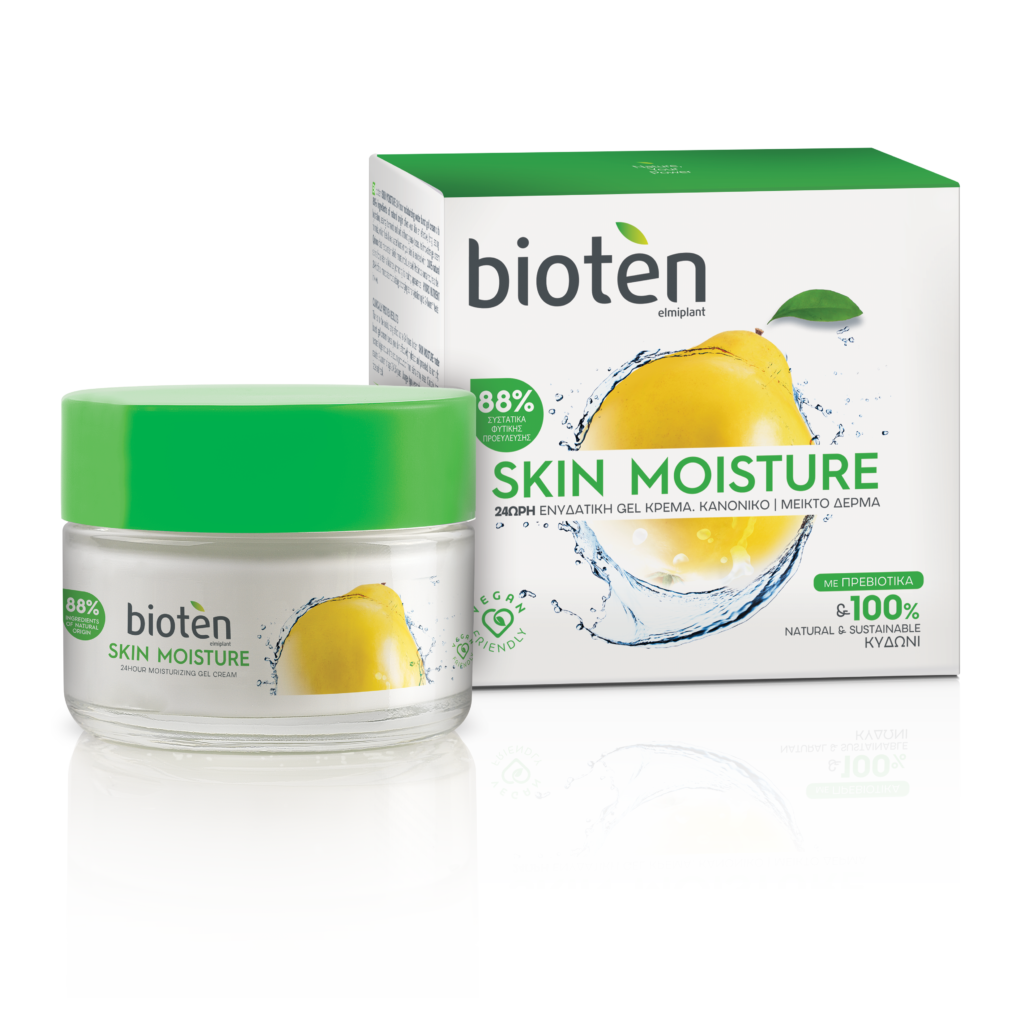
At Bioten, caring for nature is one thing. Caring for its users is still another, which Athens-based Sarantis also takes seriously.
Since each product is different, various percentages of natural ingredients—depending on the product—are disclosed on the products’ containers or boxes. The normal/combination skin moisturizing gel or green variant, for instance, is packed with 88 percent natural ingredients, while the dry/sensitive skin or pink variant is one percentage lower at 87.
“Currently, the average percentage of natural ingredients is 80 percent for the entire portfolio of Bioten products,” says Kelly. That number could have easily gone higher if not for their makers’ use of non-natural but still safe ingredients like preservatives, fragrances and sun-screen filters both to prolong the formula’s shelf life and ensure users’ safety, protection and pleasure.
Such practices as the use of parabens, a cheap and readily available preservative linked by certain research to cancer, as well as product testing on animals are no-nos. In lieu of cheap pore-clogging mineral oil, Bioten’s makers also use natural oils.
Apart from its skin-moisture line, Bioten is also simultaneously introducing its anti-aging line for more mature users beginning in their mid to late 40s. Depending on the condition of their skin, mature users can still stick to and benefit from Bioten’s skin-moisture line.
But the brand’s anti-aging line, which is infused with multi-collagen and hyaluronic gold, is designed to give people options. It also acknowledges our changing skin-care needs as we age, says Kelly.
“For instance, I’m 42 with oily skin,” she shares. “That’s why a lightweight cream works best for me. But we all know that after we turn 35, our skin becomes more needy of moisture and anti-aging substances. That’s where the anti-aging line comes in.”
The brand’s slimming line, which got a good number of ladies’ attention, is divided into two product segments: Bodyshape and Cellufight.
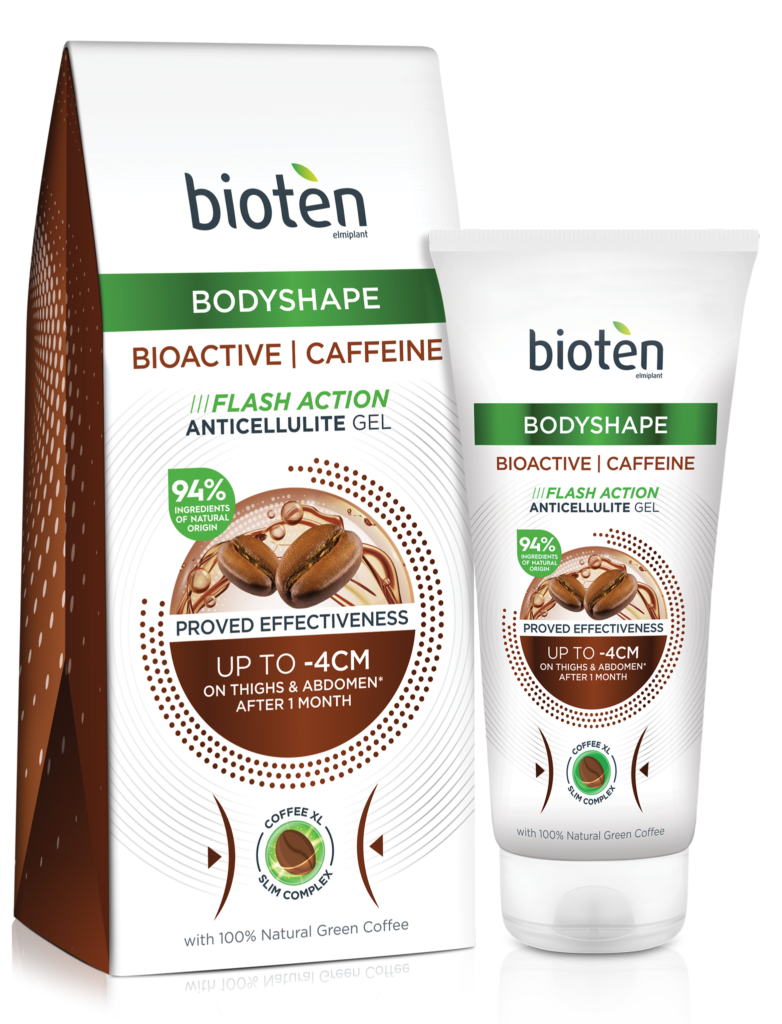
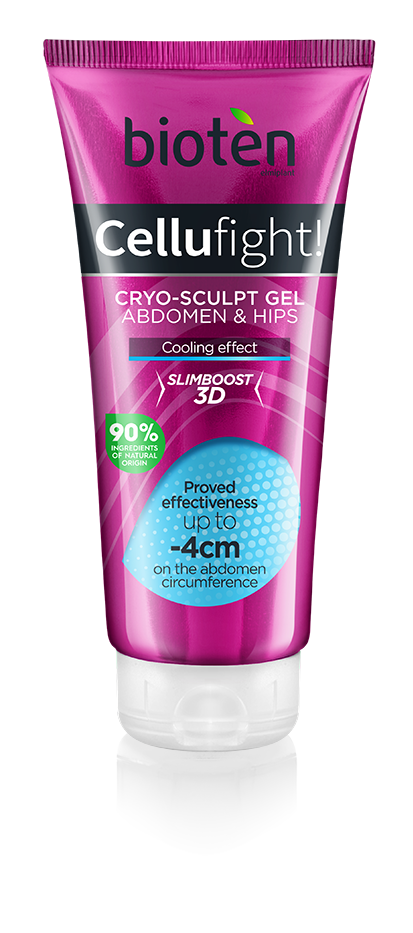
“Because of their ability to increase microcirculation under the skin, both topical creams help you lose weight when regularly applied to problem areas,” says Angie. This action, in turn, creates higher blood flow. In conjunction with the body’s lymphatic tissue, the fat is eventually whisked away and drained through the natural process of blood circulation.
“They also work against cellulite,” Kelly adds. “In fact, the slimming line is one of our best-selling lines. Wherever we go, we’re number one.”
Despite all its wonderful claims, Bioten is priced unbelievably low. To give you an idea, both variants of its skin-moisture range, for instance, sell more or less at the following prices at Watsons: face cream (P 349/50 ml); cleansing gel (P 349/200 ml); and micellar water (P 349/400 ml).
The same accessible price points are also evident in Bioten’s anti-aging and slimming lines.
It all sounds too good to be true until Kelly explains the brand’s incredible yet seemingly irreconcilable claims vis-à-vis its accessible price points. In an industry that’s all “all about cost, product and offer,” everything, she says, boils down to “a matter of decision.”
“We have decided by strategy to create products that are of high quality,” Kelly says. By not scrimping on ingredients and opting only for the best, the decision entails higher cost of production.
There’s no other way to go about it, but to decide on lowering its profit margins. “It’s as simple as that,” Kelly concludes. “We don’t get the higher margins our competitors have. Instead, we’ve decided to invest in the quality of the formula and offer more consumers products with value-for-money propositions.”
Bioten is available at Watsons, The SM Store and online via Amorfia and Lazada.

